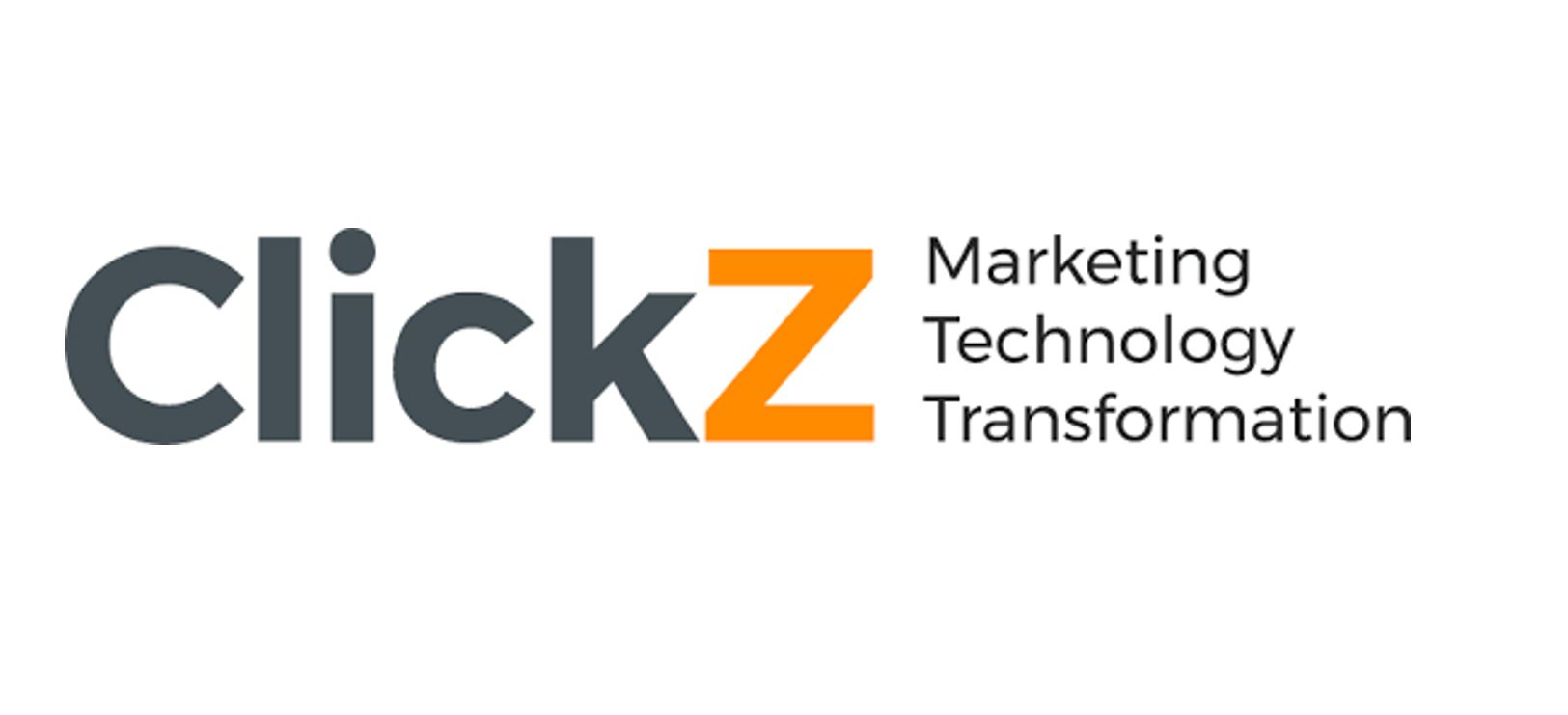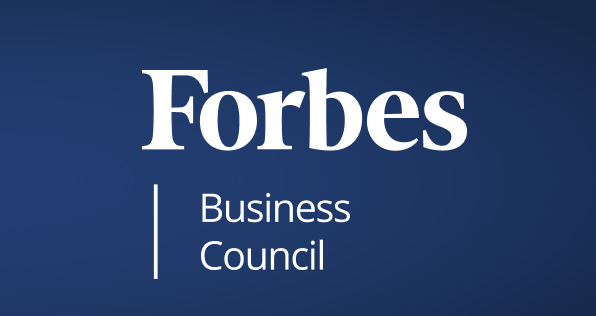Featured on ClickZ:
Marketers have often used off-the-shelf martech solutions, but increasingly are turning to a custom software approach to meet their unique business needs.
According to a November 2018 Gartner report, marketing technology currently accounts for nearly one-third of a CMO’s marketing budget, making it the single largest area of investment when it comes to marketing resources and programs. And the options seem endless — marketing technology entrepreneur Scott Brinker estimates more than 7,000 solutions are available in the market today.
But too often, marketers must conform to off-the-shelf software. And too often, this results in solutions that are obsolete soon after deployment, and that lack functionality to truly solve a brand’s unique needs. Most marketers have their own taxonomy and workflows, many of which have been developed, refined, and matured over the course of years.
The idea that they should throw those away and start from scratch to adopt the generic requirements of software written for the masses is nonsensical. Although it might be appropriate in some instances, this type of software is unsuitable to address a new range of agency management activities.
In this industry, custom software is a new method of strategically buying and implementing software. By offering CMOs and other marketing executives an insightful look at how to integrate new technology into their overall marketing stack, brands can discover the difference of shifting from a one-size-fits-all to a tailored approach to meet their organization’s evolving needs.
Here is why generic software is turning out to be obsolete and ineffective at managing agency partnerships:
Agency management is a category in constant flux requiring maximum flexibility
Marketing is the primary stakeholder organization benefiting from agency management software, alongside procurement. Yet, marketing is increasingly more complex and marketing needs are rapidly evolving, requiring ongoing resets and adjustments: budget resets, new ways of organizing brands or business units, etc. The rate of change is high, so flexibility is key.
A diverse group of users looks for familiar UI
Marketing users are pressed for time and already have a lot on their plates. According to Netskope’s Cloud Report from April 2017, the average enterprise uses 91 marketing cloud services. They tend to resist any solution that is not designed to make their use case as time-efficient and easy as possible. Agencies are often required to access the solution and submit data. Using their time wisely translates into lower costs for clients. For example, their ability to use a solution that is both flexible and tailored to their needs prevents unnecessary push back and concerns over client data requirements.
Off-the-shelf software should stay off your shelves
Generic software presents some benefits, especially in highly mature industries where there is one commonly accepted way to handle specific tasks. In managing agency partnerships, however, the reality is that this type of software presents far greater downsides than upsides:
1. Long learning curve
Most companies have a way of getting things done that is unique to them. They’ve likely spent years developing these processes. Suddenly, they are expected to learn a new way of completing their tasks, a new taxonomy, and sometimes must ignore features that might not be relevant to their use case. The result is significant time learning to use off-the-shelf software.
2. Over-complicated or overly simple
Requirements are likely to vary significantly from company to company. One company might have a simple approval process with fewer individuals involved, while another may have multiple levels of approval required. One company may have a simple taxonomy, while another may have a more complex one. Neither is right or wrong. By adopting a solution that is too simple or too complex, a company will make significant trade-offs and fail to get the most value.
3. Adoption and satisfaction issues
Marketers are very busy people. They are busy performing their craft and have little patience or appetite for spending excessive time learning a new way of completing tasks. Naturally, many will resist using off-the-shelf software that ignores their natural workflow or expectations. As a result, dissatisfaction might emerge and adoption suffer.
4. Too rigid and unable to evolve
No matter how good the original implementation is, no company continues to operate under its original assumptions over time. Companies go through various reorganizations – new leadership, new teams, new structures, new business units or brand portfolios, and new ways to organize around those.
This is the reality of today’s corporate environment. Companies also change their operating processes from time to time. They adjust their workflows or approvals. The software they use to manage their agency partnerships must adapt to these changing requirements.

A custom approach to managing agency partnerships
No company is ever set up to operate the same as another. Not even in the same industry do they operate identically or manage agency partnerships the same way. Conformity rarely contributes to greatness. Every company has a different model, different expectations, and different agencies and ways to engage with them.
For example, a global technology company recently challenged Agency Mania Solutions with building a custom tool for searching its agency roster database. This multinational top brand advertiser struggled to help its fast-paced marketing organization find the right agencies in its approved roster to fulfill various marketing assignments, ranging from creative, media, digital, social, and more.
In close collaboration with the company, Agency Mania Solutions developed an intuitive roster database and search capability, specifically built around its customer’s unique business requirements. The advertiser’s agency roster is now a flexible one-stop online solution specifically designed to provide easy access to up-to-date information about various agencies, their services, and details such as contact information, recent work examples and awards, approved capabilities and past agency performance results.
Within a year of its implementation, the advertiser realized significant and lasting improvements including a rise in spending for preferred partners and a 20% reduction in its overall number of tail partners, resulting in a far stronger and healthier agency roster.
This is further evidence that contrary to generic software, custom software is intentionally designed around the unique requirements and needs of every client.
As a result, the learning curve ranges from being short to non-existent, as the software behaves in the way people naturally complete their existing tasks. It’s simple where it needs to be and more complex when required. Adoption is high as users tend to enjoy the simplicity of tasks so intuitive and familiar to them.
Finally, brands are not stuck with out-of-date software, as a custom solution can easily be updated to respond to the changing requirements of the organization. So why conform to something that is not designed for you and simply won’t fit?
By Bruno Gralpois, Co-founder & Principal of Agency Mania Solutions | September 6, 2019





